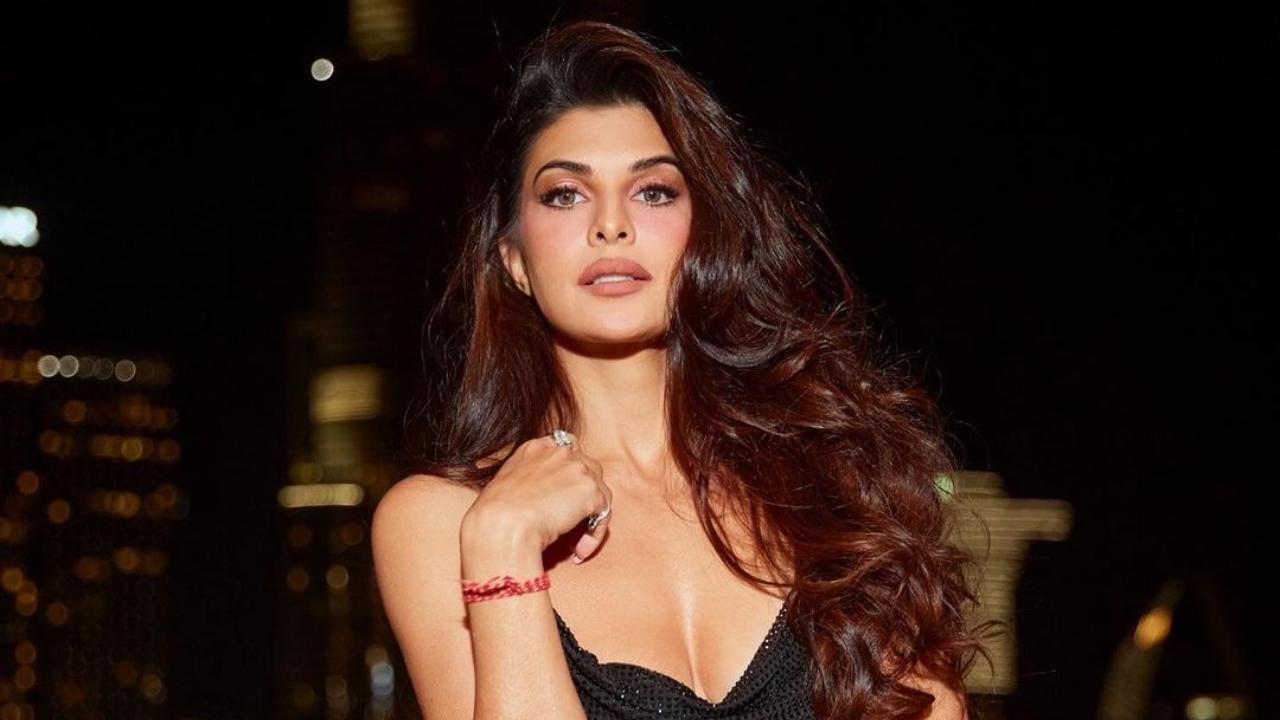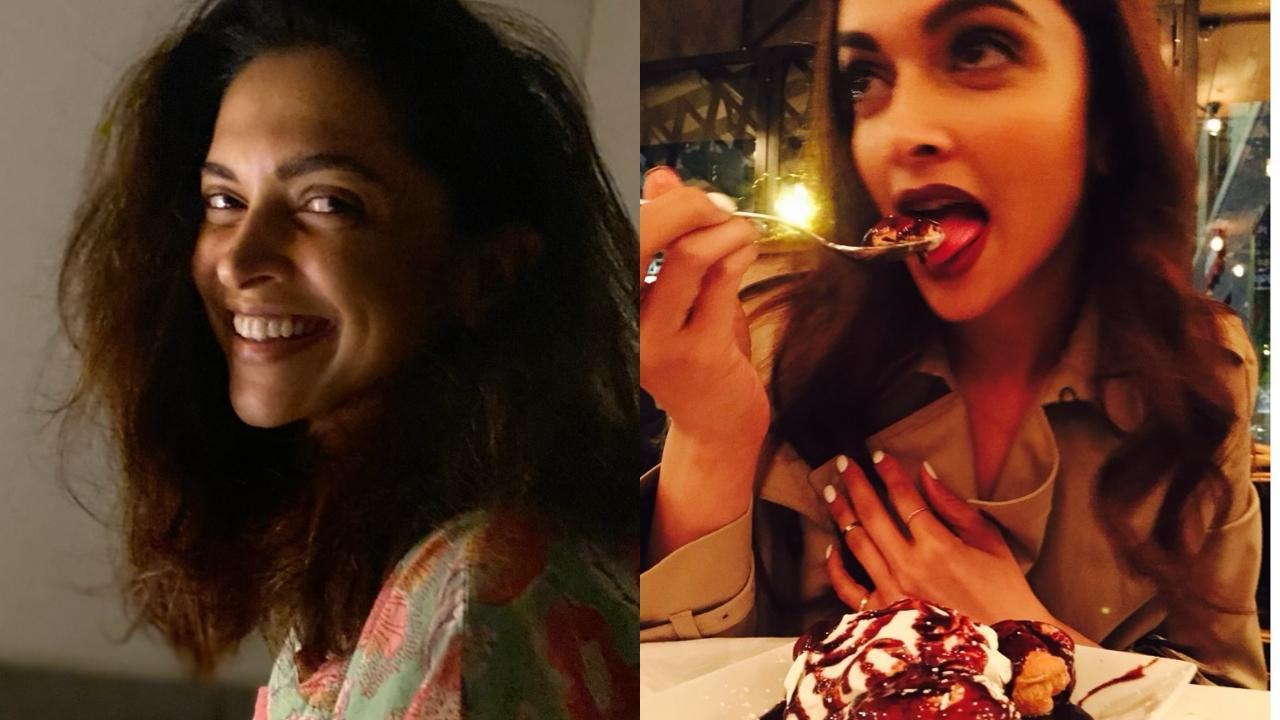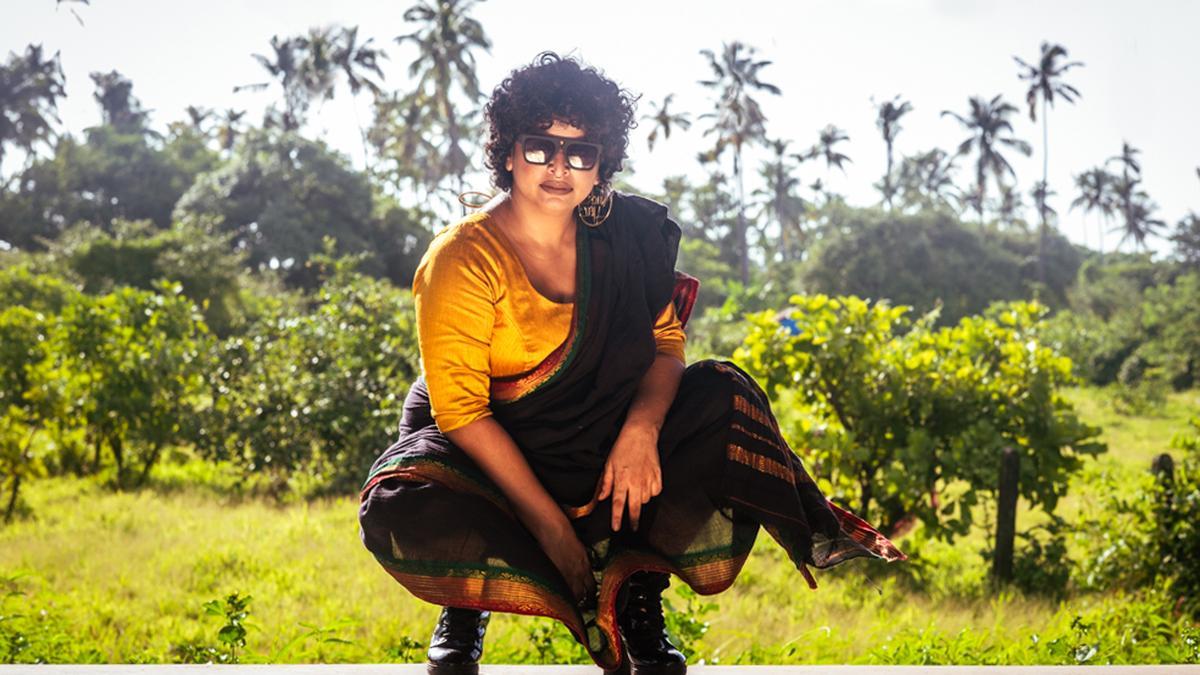
When one navigates the vast expanse of popular Hindi cinema, it becomes evident that Dalit representation and related issues are glaringly underrepresented. In this context, “Vedaa” emerges as a breath of fresh air. The film intricately weaves a narrative around caste-based atrocities, rooted deep in the hinterlands, under the guise of divine justice. The inclusion of B.R. Ambedkar’s photo within a family home, positioned poignantly beside a mirror, stands as a powerful testament to the movie’s commitment to meaningful visuals.
The story centers on Vedaa Bairwa (played by Sharvari), a Dalit law student with aspirations of joining her college’s boxing club. However, the rigid societal hierarchy deems her suitable only for janitorial duties, reserving the arena of boxing for those from upper-caste backgrounds. Vedaa’s journey sees her finding an ally in Abhimanyu (John Abraham), an ex-Army officer riddled with personal grief, who has returned to his spouse’s village. Here, Abhimanyu serves as a boxing coach at the local college, and their bond deepens amid their shared struggles against societal norms.
Set against a backdrop plagued by patriarchal oppression, where politicians feign progressiveness as long as the caste system remains undisturbed, the narrative introduces Jitendra Pratap Singh (Abhishek Banerjee). Jitendra, politically correct on the surface, squirmingly navigates an in-between generation marked by his traditionalist father (Ashish Vidyarthi) and a rebellious younger brother. His volatile reaction when Vedaa’s brother is found dating an upper-caste girl intensifies the story’s stakes, pushing it into a dramatic overdrive.
Director Nikkhil Advani, previously known for crafting romantic tales, shifts gears to portray a harsh, unforgiving world. The melancholic visuals of a brooding hero riding a beast amidst a somber atmosphere are striking. Abhimanyu’s character, who fiercely advocates constitutional rights and exudes a relentless fighting spirit, becomes a formidable force in Vedaa’s battle for basic human dignity. Vedaa, intent on seeking justice through legal means, contrasts with Abhimanyu’s disillusionment and more physical approach to resolved conflicts.
. This duality sets the stage for the unfolding narrative.
Yet, Advani seems unsure about the extent of social realism permissible in a John Abraham action-packed spectacle. Conscious of the typical expectations from action enthusiasts who wish for films like “The Transporter” every time Abraham steps on the gas or wields a weapon, Advani opts for a script laden with high-octane drama intersected with discussions on equality. This blend results in lengthy action sequences interspersed with dialogues on equity and justice, but these shifts sometimes disrupt the film’s intrinsic logic, making it appear as though Vedaa navigates a video game’s algorithm where traps, chases, and rescues dictate the storyline.
While the film declares its inspiration from real-life events, writer Aseem Arora filters these stories through the glitzy furnace of Bollywood. Performance-wise, the cast shines. John Abraham encapsulates the brooding, intense persona effortlessly. A dialogue quips about Abhimanyu’s incessant staring, credited as “ghoorta bahut hai” (stares a lot), perfectly fitting Abraham’s demeanor. As for Sharvari, her gradual improvement is evident, although more physical transformation could have further accentuated her role. The action choreography stands out, yet there remains a yearning for more substantial conflicts. Viewers await the moment Abraham shifts from the metaphorical driver seat to a more supportive role, a transition that lingers until the climax, where the silent atheist surprisingly quotes the Mahabharat.
The film’s blend of action and social commentary sometimes feels uneven, signifying a delicate balancing act between addressing serious societal issues and delivering the conventional Bollywood masala fare. The filmmakers seem cautious about not portraying Abhimanyu as the savior of the Dalit girl, attempting to distribute narrative weight evenly. However, this meticulous calculation impacts the film’s fluidity. It’s plausible that the narrative lost some edge due to the Censor Board’s scrutiny, compounded by the filmmakers’ own generational dilemmas. Nikkhil Advani and John Abraham, straddling the line between tradition and modernity, can’t completely abandon mainstream hooks like item numbers even as they aim for political correctness.
Currently showing in theaters, “Vedaa” stands as an important endeavor in mainstream Hindi cinema, ready to spark conversations while delivering high-voltage entertainment.










